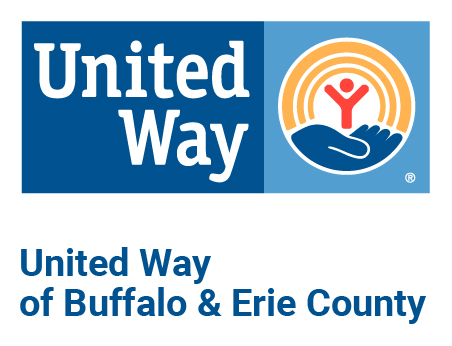United Way of Buffalo & Erie County 2022-2024 Request for Proposal FAQ
1. General questions
When is my application due?
Applications are due no later than December 1, 2023 at 4:00pm.
Who do I contact if I have questions about my application?
Please email [email protected] with any questions. We can’t guarantee a response if you submit questions anywhere else.
How much money will be granted out during this extension cycle? How does this compare to the amount during the 2019-2021 cycle?
The amount that we grant out is based on the success of our fundraising campaign, which is currently ongoing. At this point it is too early for us to be able to answer this question with certainty.
2. Online form questions
Where can I find the link to the online application?
Eligible agencies will receive the extension application as part of your outcome report.
Can I start my application and come back later to finish it?
Yes! At the top of the application is a box that reads “Save my progress and resume later.” When you check that box, you will be able to enter your email and create a password to come back later. Make sure you write down your login info in a safe place.
How can I be sure that my application was submitted successfully?
After you submit your application, you should see a confirmation message. This message means your application has been successfully submitted. If you don’t see that message, your application hasn’t been submitted.
What do I do if I’m planning to save and submit multiple applications?
Use the “Save my progress and resume later” each time, but make sure you use the same email address and password for every application. When you come back to the form, log in using the “resume a previously saved form” function and you will see a list of every application you have started.
3. Application specific questions
4. Focus Area specific questions
